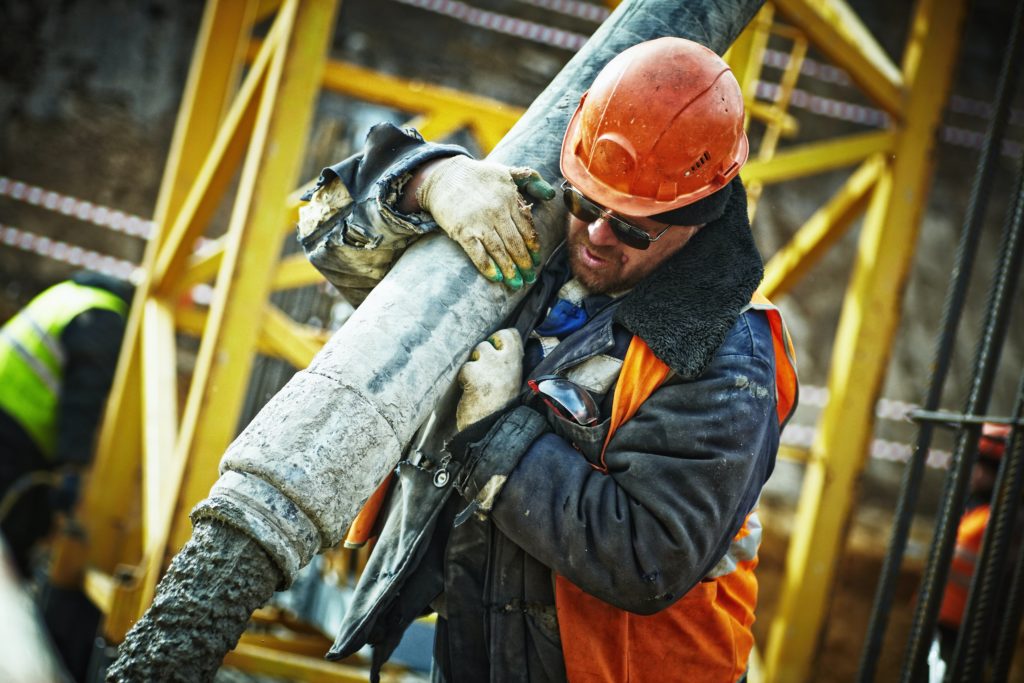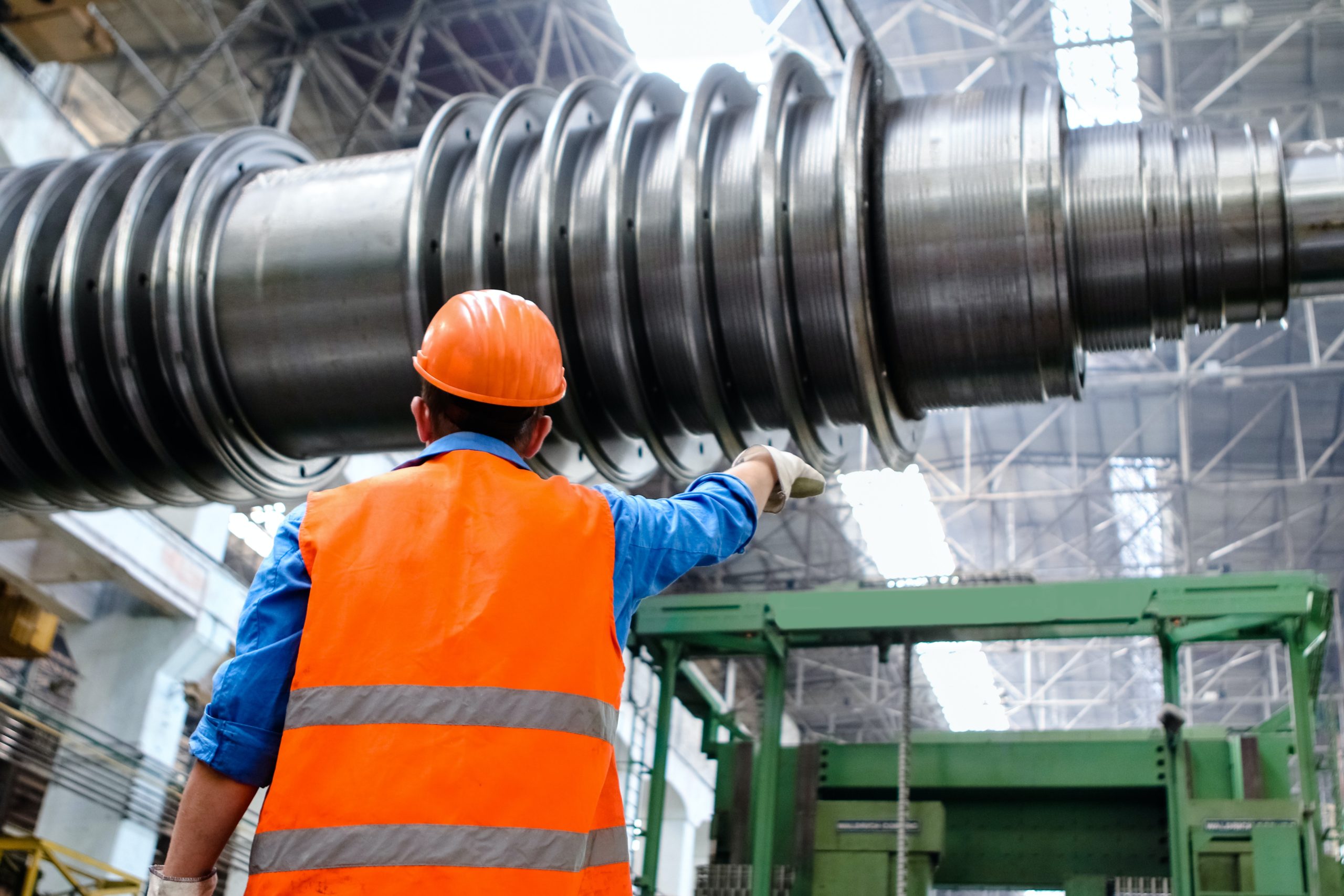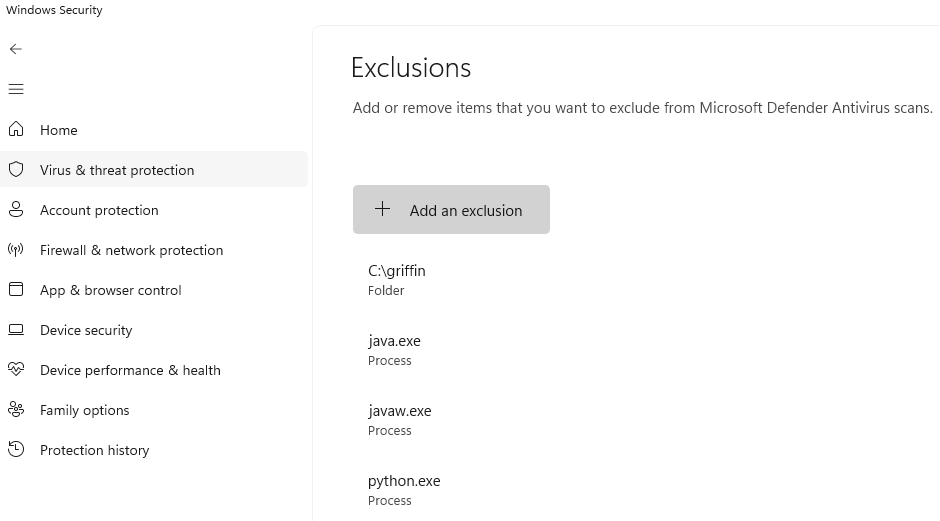AI & The Aging Industrial Workforce
Published: August 3, 2021

Organizational Knowledge is at Risk as the Industrial Workforce Grows Older
The aging U.S. workforce has been a concern for several years now, but as time presses on, companies are seeing the risks that come with a mature workforce. By 2024, the U.S. Bureau of Labor Statistics (BLS) projects that one-quarter of the U.S. workforce will be above the age of 55, and one-third of that segment will be 65 or older. Between 2014 and 2024, older age groups are expected to see more rapid growth than younger groups in the workforce as a whole.
While this aging workforce presents difficulties for multiple industries, the risk is particularly high in the broad industrial sector, which includes everything from manufacturing and food processing to power generation and steel production. For this sector, BLS showed that the median age of the industrial workforce is 15% higher than the national median (42 as of 2019 and expected to continue increasing well into the 2020s).
As process industries, these organizations leverage vast equipment, systems, and technologies to keep operations running smoothly and efficiently. Central to maximizing this are the people running the operations who often have years of tacit knowledge to handle the everyday items that might disrupt production. As the knowledge is increasingly leaving the building, industry leaders have recognized more and more the value of capturing this knowledge, even while often justifying the new tools on the potential gains through data analytics. While artificial intelligence (AI) and machine learning (ML) have historically taken longer to implement in these industries, adoption is increasing, with more leaders recognizing the importance of these elements in their automation efforts.
For example, operators will understand what certain alerts or events mean and what to do. While automation enables another system to take action when those triggers occur, employees’ tacit knowledge is the foundation of what informs automated systems (and contributes to them being programmed when automation solutions are being implemented in a facility).
For engineers, the knowledge of how separate systems best operate together might be able to be documented, but their experience in making that happen and how external variables influence those operations might not be able to be clearly expressed — it’s simply something they know and have learned through experience and time.
How AI Itself Serves as the Solution
So, with an aging industrial workforce, how are process industries able to make the most effective use of AI for automation? While AI and other automation solutions can execute A or B when X or Y occurs, there’s no match for keeping things a bit more fluid. This allows operators, engineers, and other industrial workforce employees involved in automation efforts to use tacit knowledge to build process models, test them, and refine them to achieve the best results in a repeatable way that continues to add value.
Unfortunately, for many process industries, solutions that enable flexible modeling and process optimization are limited. This is because they’re black-box systems — modifying their operations, and indeed even being able to know how to modify them, is almost impossible without involving an external vendor or partner. Fortunately, Griffin Open Systems developed the AI Toolkit (an open architecture AI platform) and Adivarent Control (a control layer for the AI and machine learning tools to assist operators and DCS control) to solve this problem facing the industrial workforce today.
How the AI Toolkit Captures Institutional Knowledge
No Coding is Required, but Adjustment is Available
For the industrial workforce to be able to implement change, its users must be able to actually do what is needed to get results. The requirement to learn programming for DCS and PLC systems or a programming language like Python may or may not be exciting to an experienced operator or engineer, but this pulls them away from their main job of maintaining and improving operations. With the AI Toolkit and Adivarent Control, new models, traditional flow logic, and more can all be built and evaluated quickly and easily, without the need for training or external vendor participation. And at any time, users or developer partners can build their own custom screens and toolbars.
It is also important to have the ability to implement incrementally and not have to “know” ahead of time all of the knowledge that has been built up through years of experience. Starting slowly, expanding, and modifying the knowledge capture over time lowers several barriers to getting started with AI and ML projects.
Dig deeper: Download our playbook to learn more about how the Toolkit helps process industries overcome common optimization challenges.
A Simple Interface Supports User Adoption
In addition to requiring no coding to get started, Adivarent Control and the AI Toolkit feature an accessible drag-and-drop interface that allows any in-house team members to execute their optimization work and build what they need according to their understanding and experience (i.e., their tacit knowledge). There is no need for software engineers to get involved and influence the platform’s functionality — operators, engineers, and other in-house team members can build what they need simply to optimize processes.
Real-world example: Learn how a steel company used the AI Toolkit to create a graphical display and optimization model to improve output.
Adivarent Control Builds on Users’ Knowledge
Capturing operators’ and engineers’ knowledge in the system through model creation and testing is just the beginning. With the AI Toolkit and Adivarent Control, that knowledge becomes institutionalized — part of the norm and baseline — and continues to grow and develop. New inputs, events, and factors can be taken into account quickly, allowing for new models and deeper optimization to be developed, ultimately creating a continuous cycle of improvement. This cycle is based on what in-house experts know — not what external software developers limit off-the-shelf solutions to, restraining the amount of optimization that’s possible.
Listen in: Learn how the AI Toolkit helps process industries overcome the roadblocks to digital transformation in this podcast featuring GOS co-founder Brad Radl.
Preserve — and Grow — the Knowledge of Your Industrial Workforce
If you’ve been struggling with the aging industrial workforce challenge facing so many process organizations today, the AI Toolkit and Adivarent Control will help you capture the tacit knowledge that already exists in your team. With the knowledge institutionalized, you benefit immediately from having their expertise driving your automated optimization efforts and having a system in place to keep you moving forward with confidence as you seek to find and develop new talent.
Connect with us to see the AI Toolkit and Adivarent Control in action in a private demo.


